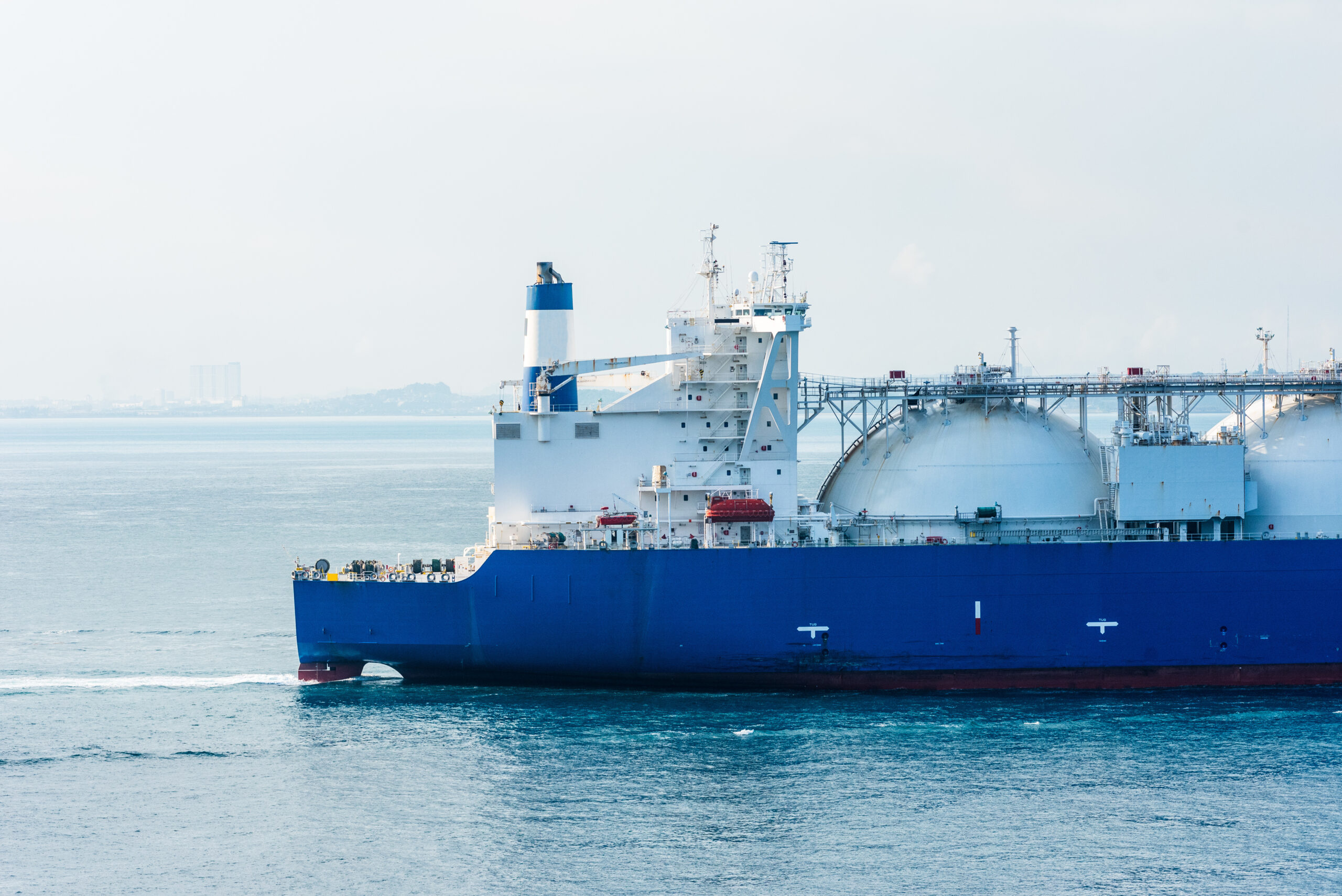Shipping markets shrug at Houthi attacks in Red Sea
Disruptions from the Red Sea have already been priced in and are unlikely to cause further price hikes, one analyst said.

Despite numerous reports of serious disruptions to commercial shipping, commodities markets have not responded significantly to increased violence in the Red Sea, shipping analysts told Gas Outlook.
“The shipping market has responded with indifference,” Andres Rojas, Associate Director of LNG at S&P Global Commodities Insights, told Gas Outlook. Shipping prices have been on a downwards trajectory since December, which has continued even despite the attacks in the Red Sea, according to the analysts.
The Red Sea crisis has indeed added extra time onto journeys which are moving intra-basin and has caused a change to trade flows which are likely to be maintained while the conflict remains ongoing.
“At the time of the initial Houthi attacks, the Qataris were transporting around 1.05 mmt of LNG through the Suez on a monthly basis, around 60% of what they were exporting in 2022 when the Ukraine/Russia conflict broke out,” Rojas told Gas Outlook. Since the Houthi attacks began, these volumes have dropped slightly and are likely to remain lower.
U.S. suppliers were also using the Suez Canal to ship volumes to Asia, but they are now travelling via the Cape of Good Hope, adding an extra four days onto their journey. A roundtrip voyage from Qatar to Northwest Europe is now around 18 days longer than usual, since it needs to travel via the Cape of Good Hope, which is a 50% increase when compared to the Suez Canal. Around 8% of global LNG trades travel through the Red Sea, according to the Council on Foreign Relations.
But the impact of the Ukraine-Russia war along with ample supply of new-build deliveries and weak spot LNG prices has resulted in lower prices in the spot tanker market, he added. The lower prices may be helping to cushion the blow for any extra days of voyage time, since spot tanker rates for a modern 2-stroke vessel currently stands at $57,000/day, a 72% decrease from the mid-December high of $200,000/day, according to S&P.
Rojas’ colleague Ross Wyeno, Lead Analyst of Global LNG, added that the disruptions from the Red Sea have already been priced in and are unlikely to cause further price hikes.
“Middle East suppliers have optimised supply routes, diverting some European bound cargoes to Asia, while utilising ample shipping capacity to take the remaining cargoes to Europe via the Cape of Good Hope,” Wyeno explained.
